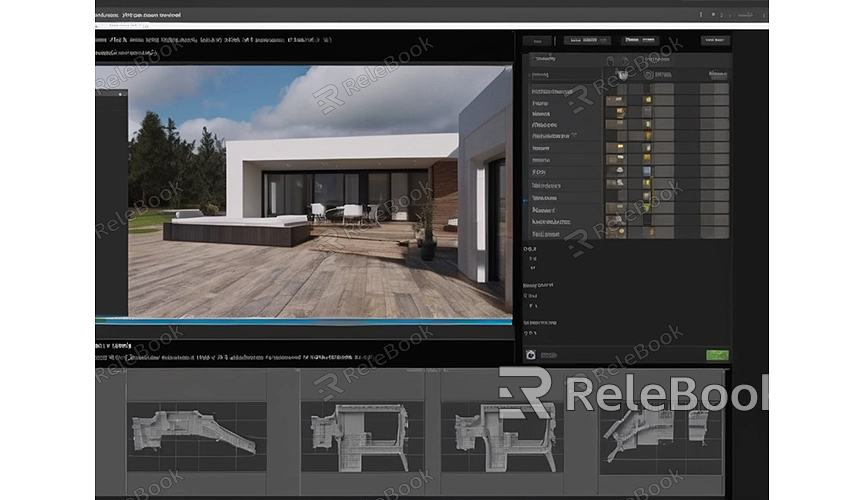Maya how to model for 3d printing
3D printing is a rapid, flexible, and innovative manufacturing technology that allows people to turn 3D designs into physical objects. Modeling for 3D printing in Maya requires specific techniques and considerations. In this article, we'll explore how to model for 3D printing in Maya and provide some practical modeling tips.
1. Determine Printing Size and Resolution
Before starting the modeling process, it's essential to determine the size and resolution of the object you intend to print. This will affect the scale, details during modeling, and the quality and accuracy of the final printed object.

2. Use Accurate Measurement Units
In Maya, using the correct measurement units is crucial to ensure modeling accuracy. Typically, millimeters are the most commonly used units as they align with common resolutions for 3D printing.
3. Prepare Reference Images
It's advisable to prepare reference images before modeling to help you establish the shape and proportions of the model more accurately. You can use wireframes, photos, or hand-drawn sketches as reference images, import them into Maya, and place them in the correct position.
4. Utilize Solid Modeling Techniques
When modeling for 3D printing, it's best to use solid modeling techniques, creating closed solid objects. This ensures that the printed object has the correct geometric shape and avoids any hollow or disconnected parts.
5. Pay Attention to Model Details and Structure
Paying attention to the details and structure of the model is crucial during the modeling process. Ensure that the model's edges and curves are smooth and avoid excessive detail or overly complex geometric structures to ensure the printed object has good quality and reliability.
6. Perform Real-time Checks and Testing
Performing real-time checks and testing frequently during the modeling process is essential. You can use Maya's 3D viewer or printing preview tools to review the appearance and proportions of the model, ensuring it meets your needs and expectations.
7. Export as STL File
After completing the modeling, exporting the model as an STL file is a key step in 3D printing. The STL file is the most commonly used file format for 3D printers, containing the model's geometry information and structure, directly usable for printing.
8. Prepare Support Structures
Before 3D printing, it's necessary to prepare support structures for the model to ensure stability and integrity during the printing process. Maya provides some plugins and tools to help you generate support structures automatically, or you can create them manually.
By following these steps, you can easily model for 3D printing in Maya and produce high-quality physical objects for your creative designs. If you need high-quality 3D textures and HDRI or 3D model downloads while creating models and virtual scenes, you can download them from Relebook and directly import textures and 3D models into your project for use.

